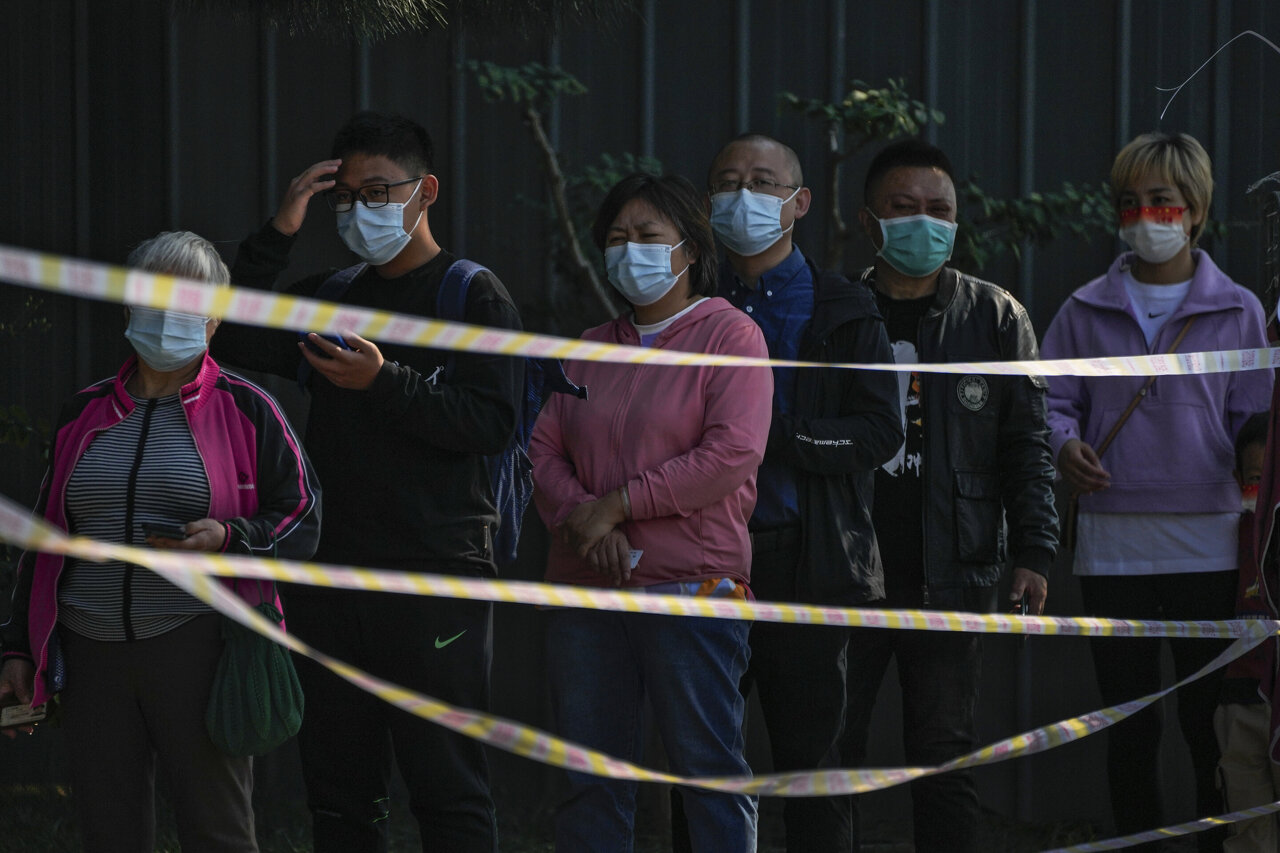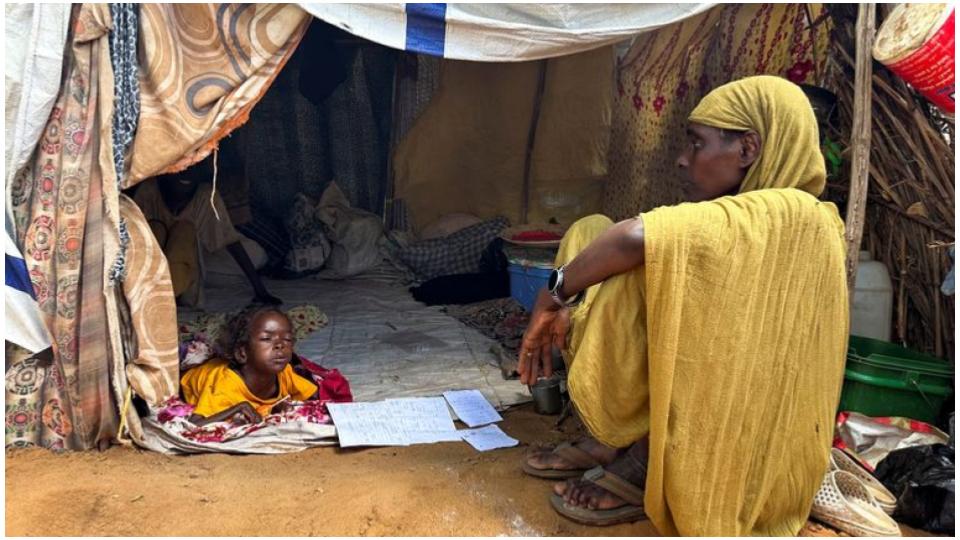China’s Xinjiang suspends trains & buses as officials try to stop COVID-19 spillover
Fri 07 Oct 2022, 10:58:28

China’s western Xinjiang region has banned its 22 million residents from leaving the province as fear mounts of a COVID-19 spillover to other provinces ahead of crucial Communist Party congress beginning Oct. 16. Local authorities said trains and buses in and out of Xinjiang have been suspended to curb the spillover risk and flights and passenger numbers on flights have been reduced to 75% of capacity in recent days according to Chinese media reports. COVID-19 restrictions were eased just a few weeks ago but are back with full force amid a handful of asymptomatic cases.
A Xinjiang official apologized for the spread of the epidemic to other regions and provinces in China, particularly in recent days when a rebound in cases was seen and loopholes in “zero-COVID” policy management were detected. On Thursday, the region reported 97 new asymptomatic infections, including 40 in the capital Urumqi. There have been 452 asymptomatic cases since the latest outbreaks began in August.
China has continued to follow its zero-Covid policy, despite
major damage to the economy and growing opposition from the general public to frequent sudden lockdowns that catch people unaware and suddenly trap them wherever they are.
major damage to the economy and growing opposition from the general public to frequent sudden lockdowns that catch people unaware and suddenly trap them wherever they are.
Overzealous and excessive reactions to a handfuls of cases are continuing to cause chaos and uncertainty across the country as “Zero-COVID” has been touted as a success model by Chinese President and Communist Party leader Xi Jinping, who is expected to get a third five-year term as the leader at the upcoming 20th party congress.
An earlier 40-day lockdown in Xinjiang left many residents complaining about inadequate food supplies. Media reports have also emerged of claims that at least 13 people in Xinjiang died from exposure to disinfectant used by health authorities in their homes. In September, authorities in Lhasa, the regional capital, admitted to failures in their response, but continued to stick with the zero-Covid policy which imposed extreme lockdown conditions causing shortage of food and overcrowded quarantine centers.
No Comments For This Post, Be first to write a Comment.
Most viewed from International
Most viewed from World
AIMIM News
Latest Urdu News
Most Viewed
May 26, 2020
Do you think Canada-India relations will improve under New PM Mark Carney?
Latest Videos View All
Like Us
Home
About Us
Advertise With Us
All Polls
Epaper Archives
Privacy Policy
Contact Us
Download Etemaad App
© 2025 Etemaad Daily News, All Rights Reserved.


.jpg)







.jpg)
.jpg)
.jpg)





























